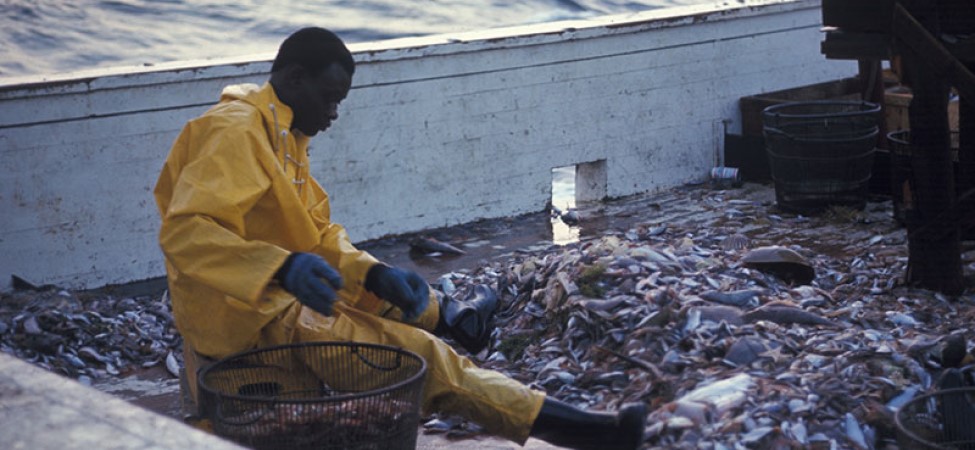Example in Action: USG Efforts to Trace Exploitation in Seafood Supply Chains

Child labor and forced labor are used to catch and process fish and seafood in a range of aquatic environments around the world. Connections with illegal, unreported, and unregulated (IUU) fishing, and the isolated nature of work in distant-water fishing, present challenges to child labor and forced labor law enforcement. In 2019, Congress passed the Maritime SAFE Act. This law created an interagency working group to provide federal agencies with a coordinated framework to counter IUU fishing and authorized a range of agency activities. These activities include building capacity for law enforcement and port security, improving transparency and traceability in the seafood supply chain, promoting the use of technology to counter IUU fishing, and encouraging better information-sharing among agencies and other organizations. Risk and impact assessment activities should be ongoing, and mapping information should also be updated regularly.
Additionally, in 2015, a Presidential Task Force on Combating IUU Fishing released an Action Plan for Implementing Task Force Recommendations, under which the United States developed a seafood traceability program. This traceability program, known as the Seafood Import Monitoring Program (SIMP), requires the U.S. importer of record to provide and report key data—from the point of harvest to the point of entry into U.S. commerce—on 13 imported fish and fish products identified as vulnerable to IUU fishing and/or seafood fraud. Given legislative and regulatory pressures, traceability for fishing supply chains is likely to become increasingly critical for producers up and down the supply chain in the coming years.
U.S. reporting identifies forced labor and child labor in seafood catch and production, including through the U.S. Department of Labor’s List of Goods Produced by Child Labor and Forced Labor. In addition, the National Oceanic and Atmospheric Administration (NOAA) issues a report every 2 years under the High Seas Driftnet Fishing Moratorium Protection Act which identifies (with potential port restrictions and sanctions) those nations engaged in IUU fishing, and which now includes consideration of forced labor and child labor in seafood production.
DOL welcomes examples of good practices
to address child labor and forced labor.
Email us at GlobalKids@dol.gov.

 Step 2: Assess Risks and Impacts
Step 2: Assess Risks and Impacts


